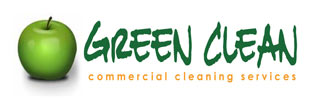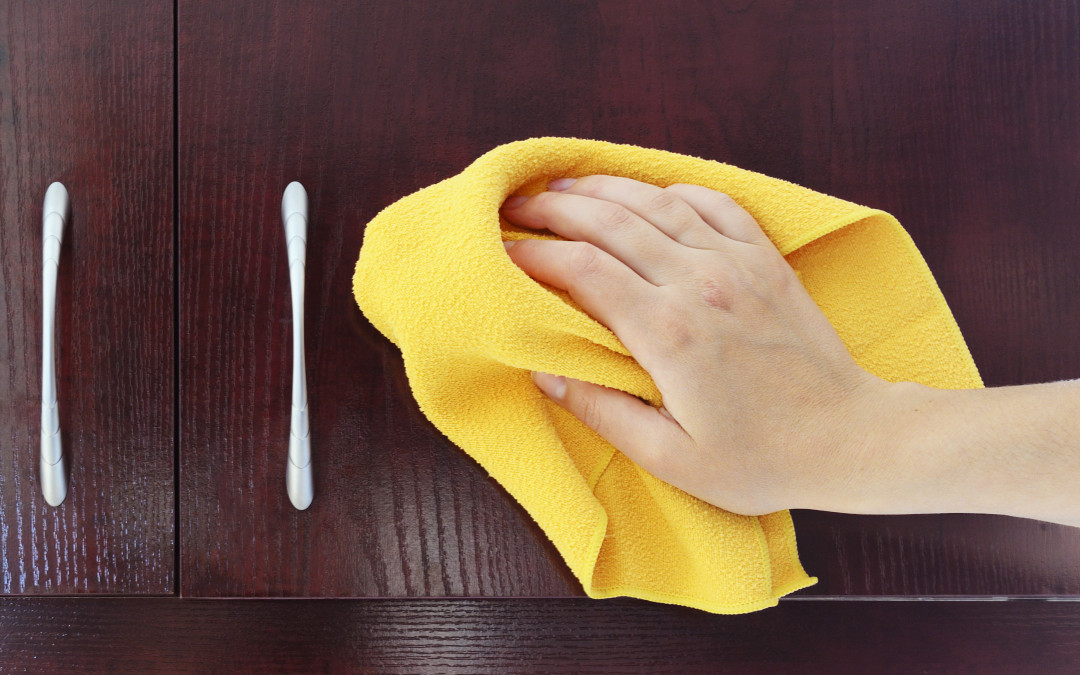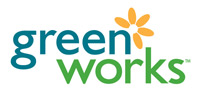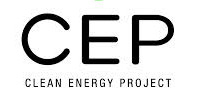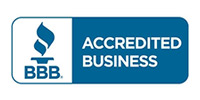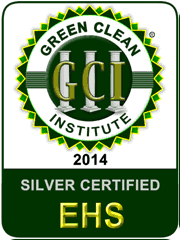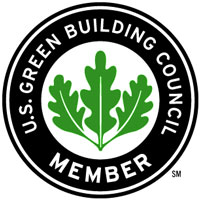The differences between the uses of cleaning, sanitizing, or disinfecting depends on what exactly a person is trying to accomplish and the location of the incident since the solution will obviously vary depending on the environment. In this case, an office setting is our cast study.
To understand the differences, imagine a triangle with the bottom being the broadest, this area represents the most basic level, that is, the lowest in the hierarchy. In this case, cleaning is our lowest level while disinfecting is the highest level.
Cleaning
Cleaning a surface simply means the physical removal of visible debris, dust, and dirt. This is usually done with a cloth or wipe together with a solvent, detergent or soap or in other cases, use of a vacuum cleaner.
Types of Cleaning Agents
It is also important to know what cleaning agents or tools are used in which type of surface to facilitate easy cleaning. Some of the cleaning tools used include cloths, sponges, and vacuum cleaners. The following are the four categories of agents used in cleaning:
- Detergents: contain chemical agents that reduce the surface tension between the dirt and the surface.
- Solvent Cleaners: Usually referred to as degreasers, they are alkaline detergents containing grease-dissolving agents, and they work best on areas soiled with grease.
- Acid Cleaners: these cleaners are used on mineral deposits and other kinds of dirt where alkaline cleaners cannot work on.
- Abrasive Cleaners: these are effective in small areas with heavy accumulations of soil. The abrasive action is accomplished by fine steel wool, small mineral or metal particles, nylon or copper particles. Some types of abrasive cleaners such as Ajax or Comet can also disinfect.
In the example of office cleaning, cleaning simply implies picking and disposing of visible items such any kind of debris or waste papers. Vacuum up the kind of dirt that cannot be removed by hand or using stain removers on any spots or stains on the furniture, walls, carpets or floors by acting on the stain immediately after it occurs. These are just the basic cleaning procedures that should be done on a daily basis with the more complex that should be done periodically including dust and wet mopping the hard surfaces.
Sanitizing
Moving up the triangle, sanitizing refers to “killing” or reducing the bacterial population to a safer level required by public health standards. Sanitizing a surface makes that surface free of visible dirt contaminants that can pose harm to a person’s health. Also, to sanitize a surface, the surface must first be cleaned effectively so as to obtain close contact between the surface to be sanitized and the sanitizer. Cleaning also reduces the risk of some chemical sanitizers such as iodine and chlorine from reacting with organic matter which can reduce their effectiveness.
Sanitizing Methods
Sanitizing is achieved by the use of the following:
- Heat can be used in three ways; the first one is using steam that is by exposing the steam on the surface, the second method is the use of hot water and lastly is the use of hot, dry air. Note that the higher the temperature that is used, the less time required to kill the microorganisms.
- Ultraviolet radiation. Only works on surfaces exposed directly to sun-rays.
- Chemicals such as iodine, chlorine as well as quaternary ammonium have been proven to be effective sanitizers, that is, in proper concentration.
Office sanitizing may be required periodically to prevent the spreading of illnesses since many offices, cubicles and other shared spaces usually facilitate the sharing of germs since such items as furniture, rugs, and other office items are touched multiple times by multiple people.
Disinfecting
Disinfecting, the highest in the hierarchy, is the ultimatum in germ killing. Unlike sanitizing, disinfecting requires stronger solutions to destroy the germs completely rather than just reducing them. A disinfectant is a chemical that completely destroys all the organisms that are usually disease-causing pathogens and bacteria listed on its label. But, it may or may not kill fungi and viruses. For many disinfectants, the appropriate dwell time is usually 10 minutes, but for work well done, read the instruction on the label of the product properly.
Disinfectants are not just limited to be used on surfaces. For a cleaner environment, there are also air disinfectants. These are basically disinfectants that act on microorganisms that are suspended in the air.
Office disinfecting should be done to avoid outbreak situations. It is important to consider the number of surfaces that the office staff is responsible for cleaning on a regular basis, and the number of people who come into contact with those surfaces and cleaning professionals should be given the responsibility of disinfecting.
Basically, the important thing is to follow instructions on the labels.
